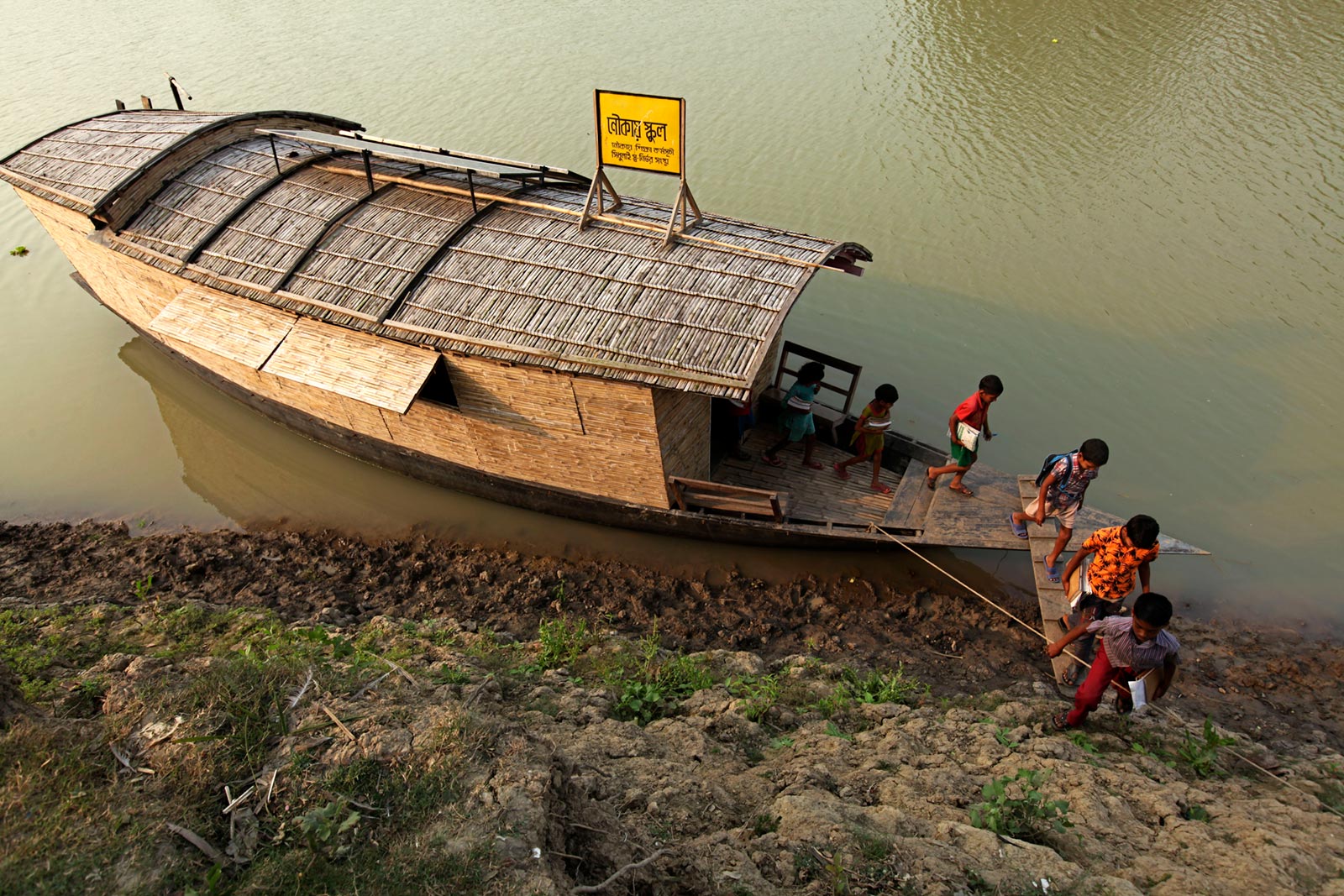Introduction
Picture a school not on land, but quietly moving on water, skillfully navigating river currents or ocean swells. While it might seem like a scene from a fantasy book, floating schools are real. They bring learning to areas where standard schools are unfeasible or hard to reach. In this write-up, we’ll inspect the floating school concept, looking at their advantages, placements, and global influences.
Concept Dissection
What’s a Floating School?
A floating school is precisely that: an educational institution atop a buoyant base, often a boat or barge. These learning platforms assist children in zones where ground-bound schools are rare or not there. Usually, they house classrooms, libraries, and occasionally leisure spaces – all crafted to brave the water’s challenges.
Past & Importance
Floating schools aren’t a fresh concept. In zones susceptible to flooding or primarily navigated by water, like Amazon basin or Mekong Delta, floating structures for different uses, including education, are common. However, floating schools today, loaded with cutting-edge tech and study resources, denote a massive stride in giving quality education to less-served communities.
Trending Topics and Advancements
Lately, floating schools have caught the public eye. They could solve education inequality in places hit by climate change, like coastal zones prone to tides. Now, worldwide bodies and governments are funding these initiatives. They’re part of a larger plan to adjust to earth’s demands while keeping education available.
Where are Floating Schools Found?
You’ll find floating schools across the globe, tucked in Bangladesh’s waterways to the Amazon’s rivers. Take “Makoko Floating School” in Lagos, Nigeria. Its creative design and teaching methods earned it global recognition. The whole community sits on stilts over the water.

Pros and Cons
Floating schools have plus points, yes, but there are also obstacles, mainly due to their location. Looking after them can need more skill and resources compared to land schools. Safety issues need addressing to keep students and staff safe in changing water conditions.
Common Questions
Q: How many floating schools exist globally?
A: It’s hard to pinpoint an exact number due to many initiatives working separately. Yet, bodies like UNICEF and UNESCO back numerous projects, hinting at their growing numbers.
Q: Why are floating schools good?
A: Floating schools help in many ways. They help get schooling to hard-to-reach places. They can adapt to changes in nature. They also offer new ways of teaching that are centered around water ecosystems.
Conclusion
Floating schools are a new and exciting way to help with education. Our world is changing. Because of this, some places can’t have normal schools. Floating schools expand learning chances. They also help people adapt to new weather patterns. Floating schools are a symbol of hope. They show how clever people can be in overcoming challenges. They help us build a brighter future for everyone.




